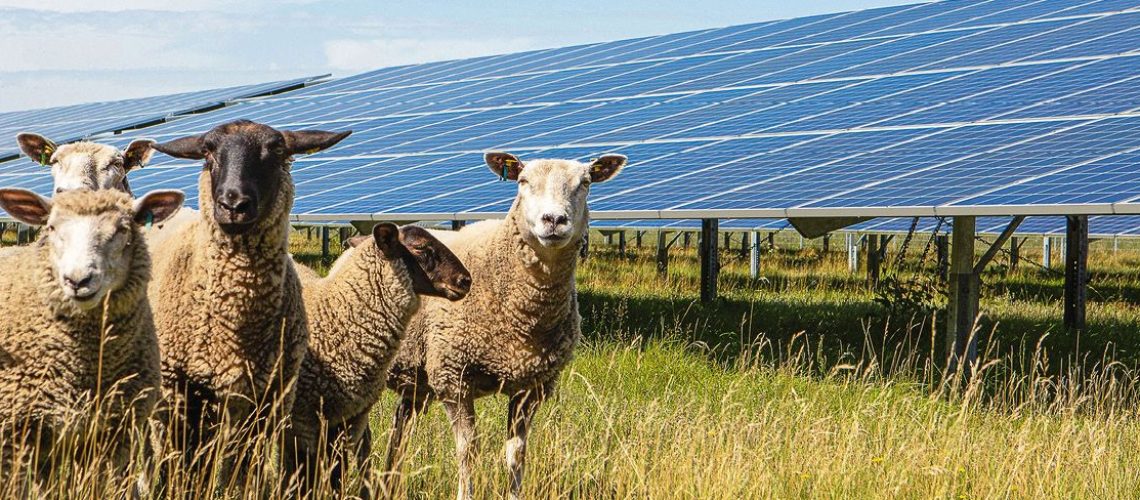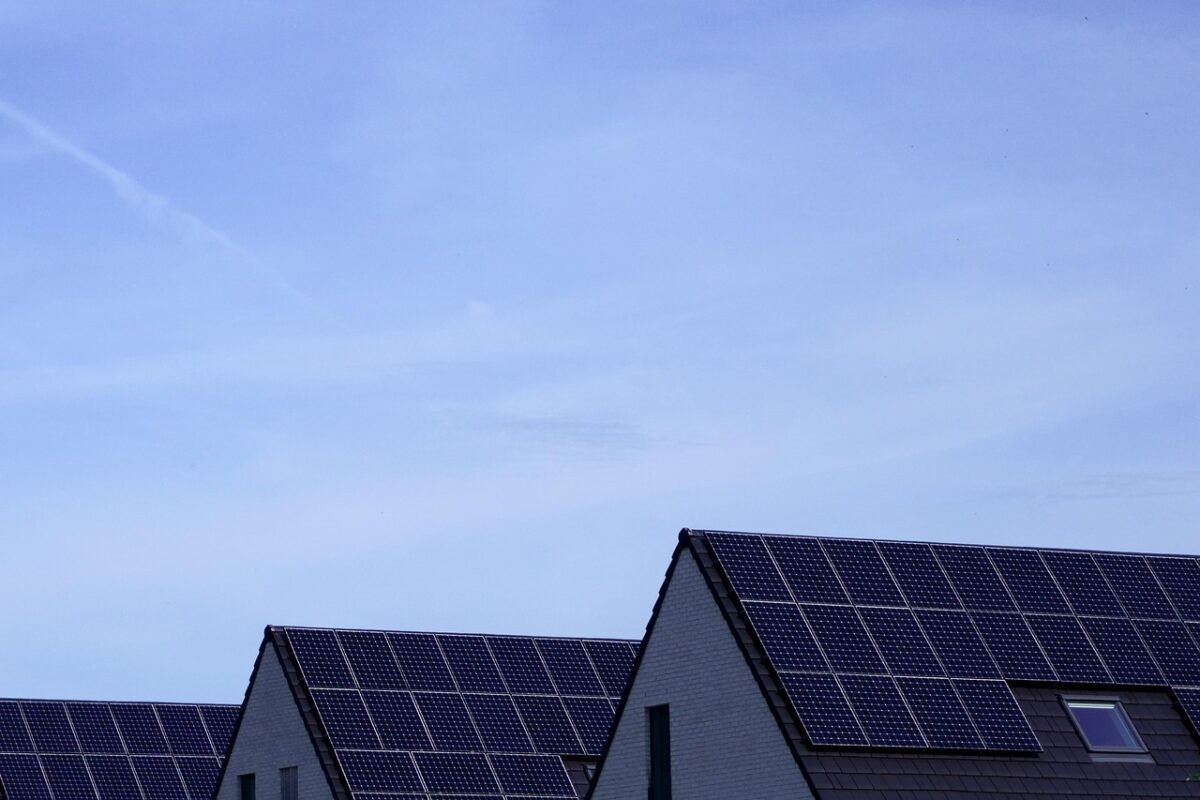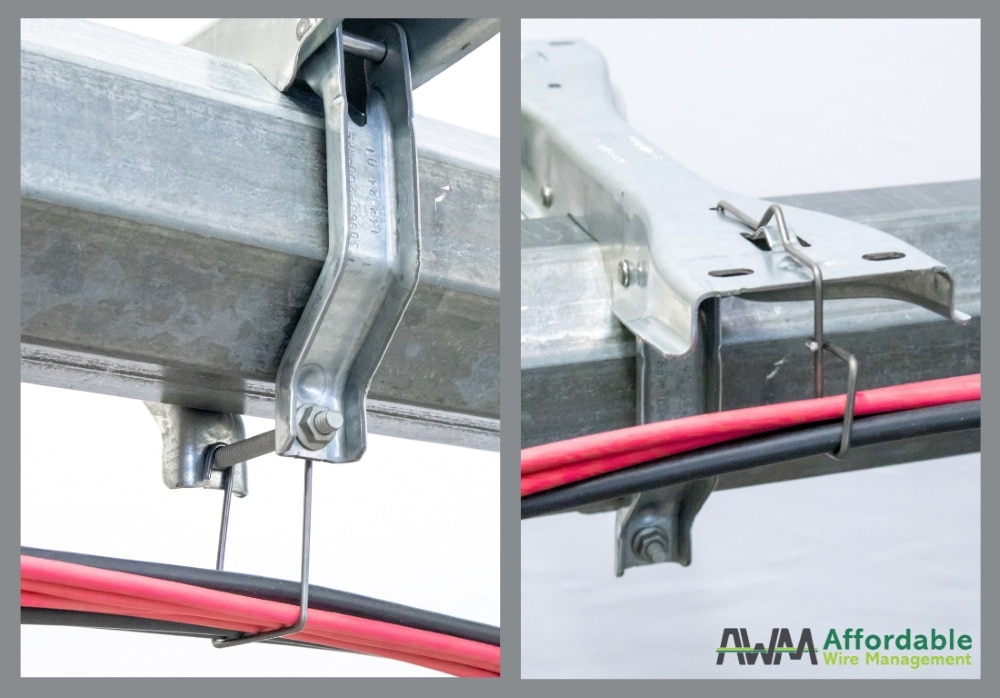With so much more agricultural real estate than Europe, the United States is building on the body of research and rolling out solar panels on farmland at an impressive rate.
From pv magazine Global
An eager grad student recently asked me, “How do you handle all the seemingly bad news for solar and difficult pathways to get it all done?” I have a simple answer: you just have to be willing to run through a few brick walls.
Having recently attended the second annual AgriVoltaics Europe conference, in Amsterdam, I am realizing that the United States has run through enough brick walls with regards to agrivoltaics in the last three years to almost be caught up with Europe, at least in terms of policy.
The United States has responded tremendously to agrivoltaics in recent years. There is now a 1.3 GW agrivoltaic array in northern Indiana, in New York state, which will deliver its first specialty crop array in 2024 and the Shines program, in Illinois, has more than 50 projects which are choosing to include agricultural production within half of their arrays. The National Renewable Energy Laboratory (NREL) says that there is nearly 6 GW of agrivoltaic generation capacity operating in the United States, ranging from solar panels on grazing pasture to crop fields. In Amsterdam I was unable to get a concrete answer about how many megawatts of agrivoltaic capacity there is in Europe and the United Kingdom, so kudos is due to the NREL for aggregating the data at a national scale for the United States.
Small-scale
I would expect the small-scale, “distributed generation” programs in Illinois, New Jersey, and Maryland alone to increase their generation capacity by a gigawatt over the next 18 months and there are many more gigawatts in the pipeline at the utility scale.
In Europe, there may be more specialty-crop and commodity-crop installations but countries in the European Union are still struggling along without an overarching definition of agrivoltaics. This is leaving nations to develop their own definitions and to do more work than necessary to develop technical specifications. The United States is in a similar spot but has an opportunity to clarify the definition of agrivoltaics at the federal level through the cross-party Baldwin-Grassley Protecting the Future of Farmland Act. At Lightstar, we are hopeful that a definition of agrivoltaics will be included in the 2023/24 Farm Bill. A definition would supercharge the agrivoltaics market in the United States and streamline many questions that remain at a local level.
Europe is dealing with an increasing energy cost burden and there is a similar position in the United States because both markets still rely on a natural gas supply that is deeply vulnerable to political and economic unrest. One remark that stood out at the AgriVoltaics Europe conference was, “the end of incentives for solar in Europe is here.” That reality is driving more off-the-shelf racking to be deployed and such projects don’t look dissimilar to many configurations already used in the US utility and distributed-generation markets. I was consistently told by attendees in Amsterdam that the opportunity to scale agrivoltaics further lies in momentum, in the United States, for using two-in-portrait solar panel configurations, although, Italy did just approve €1.7 billion ($1.84 billion) in incentives for agrivoltaics.
Working at height
That will go a long way because Italy maintains flexible design standards and will award incentives to projects that are a minimum of 6 ft 8 in off the ground. The height of two-in-portrait arrays in the United States is typically at least seven feet. Italy is incentivizing smart solar design without increasing materials costs dramatically.
Obviously the United States has more farmland than Europe but the fact remains that each US state is land constrained because of the finite amount of electric grid interconnection capacity and productive farmland.
It was also incredibly helpful to see large European energy companies such as RWE and EDF doing distributed-generation projects in northern Europe – that region has the same solar yield as the middle of Quebec. With our more generous solar yields, south of Canada, we know that we can grow food and produce solar at the same time. In fact, we can do it at scale. That is, provided the industry and local decision makers have sufficient courage.
The United States has utilized the last 15 years of research built up in Europe to correctly size agrivoltaics for the United States market. In my final presentation at the conference in Amsterdam, I joked that Europe may have started it but we’ll do it faster – and bigger. That’s the American way.
About the author: Lucy Bullock-Sieger is vice president of strategy at Lightstar Renewables and works with advocacy organizations, industry colleagues, legislators, and administration officials to advocate for sustainable, equitable solar policy. She is an expert in, and advocate for community solar and agricultural land use issues and has advanced United States solar-plus-agriculture policies. As committee chair for the Coalition for Community Solar Access New Jersey, she leads efforts to inform and realize solar policy across the state.






